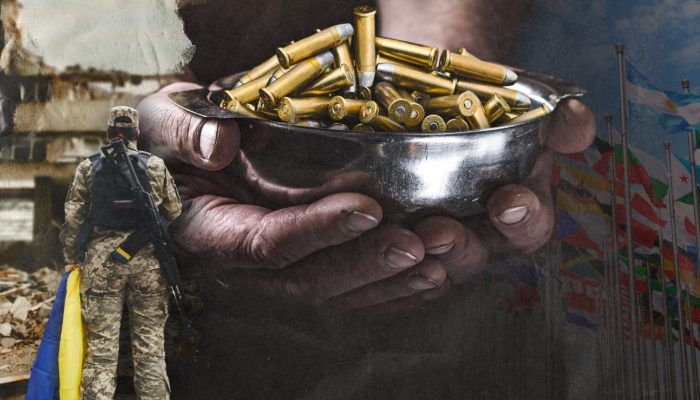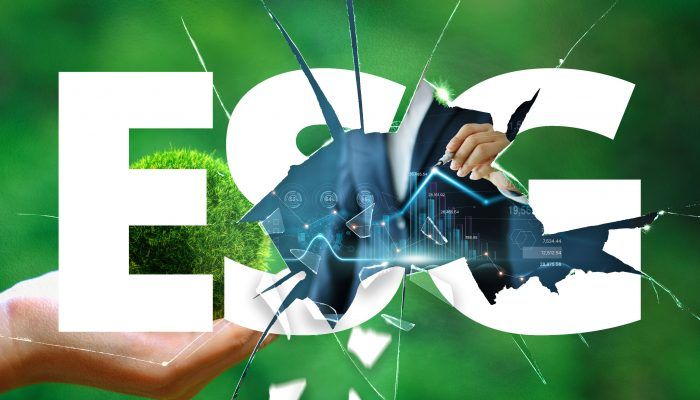For Companies and their leaders to Thrive in a Fluid World, They Should Act Like Children
A little before COVID-19 struck, my wife and I decided to spend three months travelling roughshod through Thailand, Vietnam and South Korea with our two small children. Many of our friends and family thought we were nuts. Children need structure, they’re fragile, they need constant hand-holding and attention, they’re selfish, overly sensitive and are known to throw tantrums at the worst possible times. ‘Good luck!’ They said seriously and sarcastically.
But I’ve always believed that it is actually us adults who crave structure and that children are great at seeing rainbows in spite of the rain. We hold legacy ideals and impose them on children. Kids, however, are spongy, malleable, adaptable to their situation. Like water, they fill the shape of their container and when encouraged, very often overflow it.
While recently browsing through our photos from that trip, I couldn’t help but think about the current situation with COVID-19, the new realities of our lives and how businesses must behave to survive and thrive in a world that seemingly changes daily. The shifting climate. Globalization. Pandemics. The acceleration of technologies designed to replace us. It used to be that we travelled the world to submerge ourselves in change. Now the change comes to us.
And so businesses and the leaders of those businesses should take this opportunity to relax some of the structure and rigidity that they have become comfortable with. This new world is more fluid and less predictable but it is not soft. Like a river that carves through rock, now is not the time to be rigid. In a fluid world, businesses need to be fluid also, to go with the flow. And maybe to do that, we should remember when the world was new, magical and every experience was a chance to learn, react, grow. Maybe to be fluid is to be child-like. Here’s a few thoughts on how:
Focus on what really matters
Try holding a kid’s attention for any amount of time. It’s hard. Children know how to focus on what’s important to themselves. They have a singular goal to squeeze every ounce of fun out of their day and little patience for anything else. This a good lesson for companies pivoting into the new realities of the economy. Company’s like Walmart are increasingly turning to AI to automate parts of their processes, like negotiating with their vendors, so that they can optimize and focus on their core business. Fluid companies will increasingly outsource iterative and transactional components of their business to algorithms and specialists so they can focus on what’s important to their success.
Be curious
Kids are curious. And curiosity is an imperative for businesses and leaders in a fluid world. Organizations of all sizes and from all industries need to adopt lean mindsets, trial new software, pilot new projects and reward out-of-box thinking, not as fringe projects but as a strategic pillar designed to breed a culture of curiosity across the organization. Research from Harvard Business Review shows that curiosity is vital to company performance. Leaders need to be accessible and encourage employees to ask questions, not just of themselves, but of their industry and of other industries in other countries. In a dynamic world, there’s lots to learn, and companies that make learning part of their culture will be successful.
Be open-minded
Children recognize skin-colour, accents and religious dress. They don’t judge. But they do ask questions and try to understand the context. It’s ironic that Artificial Intelligence and marketing theorists are doubling down on developing contextual models, yet we humans more and more are trapped in our own personal echo chambers that blind us to other viewpoints. Companies must force themselves to have rich and diverse perspectives, and leverage context as a lens through which to view the world, themselves and their customers. This will open up new ideas and revenue streams. It will help build resiliency when there are major shifts in the market. As Deepak Chopra said, “See the world as if for the first time; see it through the eyes of a child, and you will suddenly find that you are free.”
Imagine!
Children see magic. It’s a shame that society discourages this trait in adulthood but it is only through our sense of wonder that we’ve landed on the moon, cured diseases, built amazing structures and enjoyed relative peace and prosperity. In a world with unimaginably big challenges, a sense of wonder can be transformational, steering businesses to something bigger than purpose. We need to give ourselves the time to be creative, to imagine the possibilities and innovate towards a better future. Companies and leaders that do this will build trust and loyalty in their brand while inspiring their employees and customers.
Be observant
Ever notice how even the most confident kids, when first entering a new setting, become shy, quietly taking stock of the environment and the people, soaking it in? Only once they’ve assessed the situation and terms of engagement do they jump in feet first. Fashion-tech startup Choosy leads by listening and then doing. The disruptive upstart is leveraging technology to monitor, assess and react to real-time trends from their own audience, then creates limited runs of items, which are then snatched up by their community with zero overstock ending up in landfills. Businesses have been taught to believe that thought leadership means taking strong positions and then adding their point of view to the overwhelming noise. In a world that always changes, leadership will now come from being quiet, listening, assessing and picking moments of clarity and opportunity to act.
Be tender
Kids love unconditionally. They cry when you cry. They laugh when you laugh. There are deep biological reasons for this related to the brain’s development and the concept of ‘mirroring’, which many believe is directly associated with empathy. It’s also the reason why engaging friends through Zoom and other video conferencing solutions doesn’t leave people feeling fulfilled. And while many companies have demonstrated empathy during the current pandemic and Black Lives Matter protests, it will be an essential component of organizational culture, communications and even product development from here on in.
Have fun
Fred Rogers said that, “play is really the work of childhood.” But in a world where employment is becoming fluid, play will become the work of adults too. If there’s one thing I’ve taken away from being at home with my family during the pandemic, it’s that work isn’t everything. Having time to reflect on our priorities in life, the post-Covid-19 economy is going to be less focused on driving financial gain for faceless investors and more about driving value for society, for employees, for everyone’s well-being. To bridge this change and ensure employees are still engaged in their work, companies that embrace play will be more successful. Play helps with understanding others and helps to form stronger relationships. In fact, research shows that play also helps people be more innovative, which in a fluid world, is essential.
“May what I do flow from me like a river, no forcing and no holding back, the way it is with children.”
― Rainer Maria Rilke
As the world and the economy pivot to new ways of living and working, perhaps children provide us with the blueprint for successfully managing and adapting to change, and to do so with imagination, open minds and a sense of wonder. Companies and leaders that reflect these traits will find they are better able to adapt, grow and lead in a time when people crave true leadership.
Sufficed to say, on that three-month trip, the kids did amazing. They ate strange foods, climbed to the tops of mountains and the depths of caves, played with stray cats and chickens, rode in tuk tuks, on motorcycles, on bamboo rafts and on my shoulders. They made new friends and new memories, gained knowledge and perspective. They went with the flow.
Whether as businesses or individuals, to succeed in a world where the only certainty is uncertainty, we should all be so fluid.
(Editors note: this article is about being childlike and is not giving permission to be childish, as demonstrated by certain global political and business leaders. Tantrums, selfishness and bullying are always inexcusable and in my household result in the revoking of privileges.)








